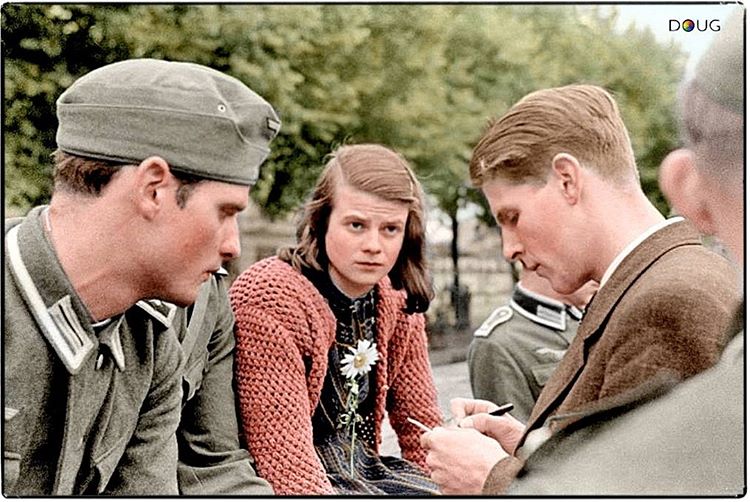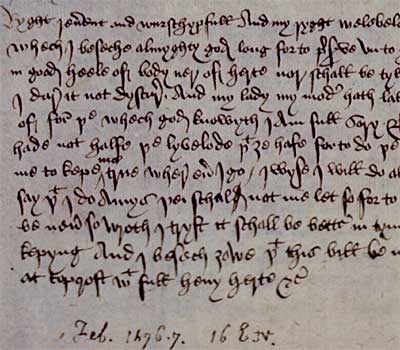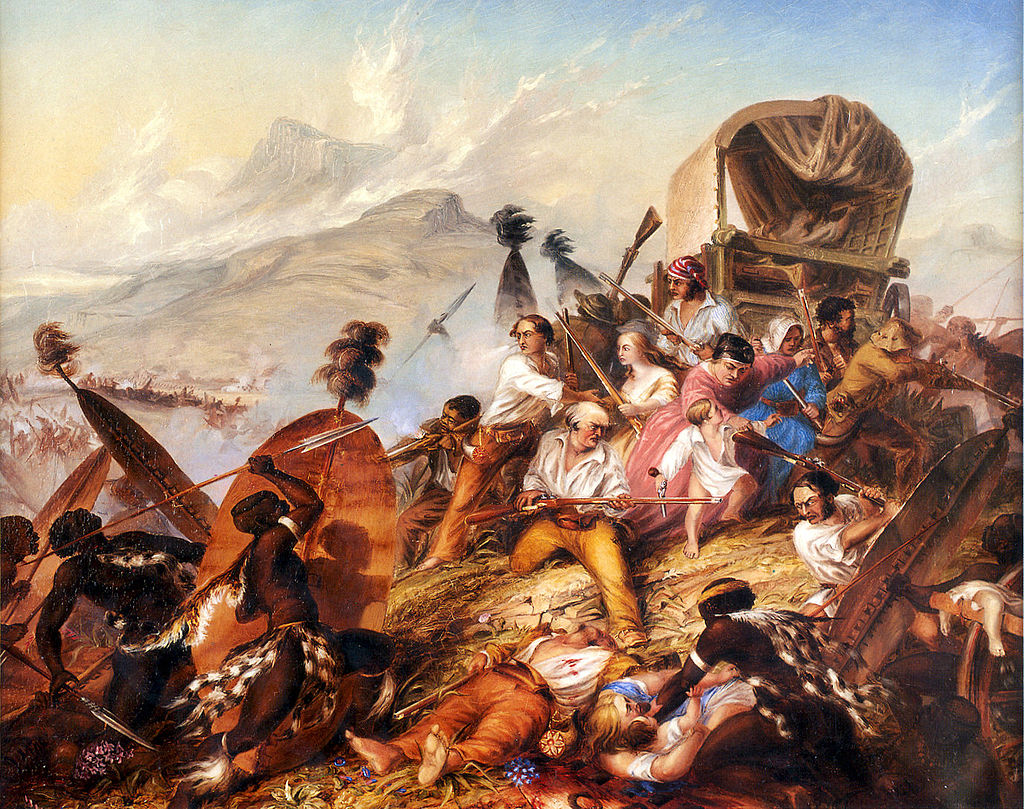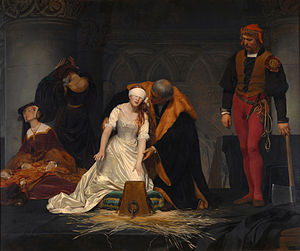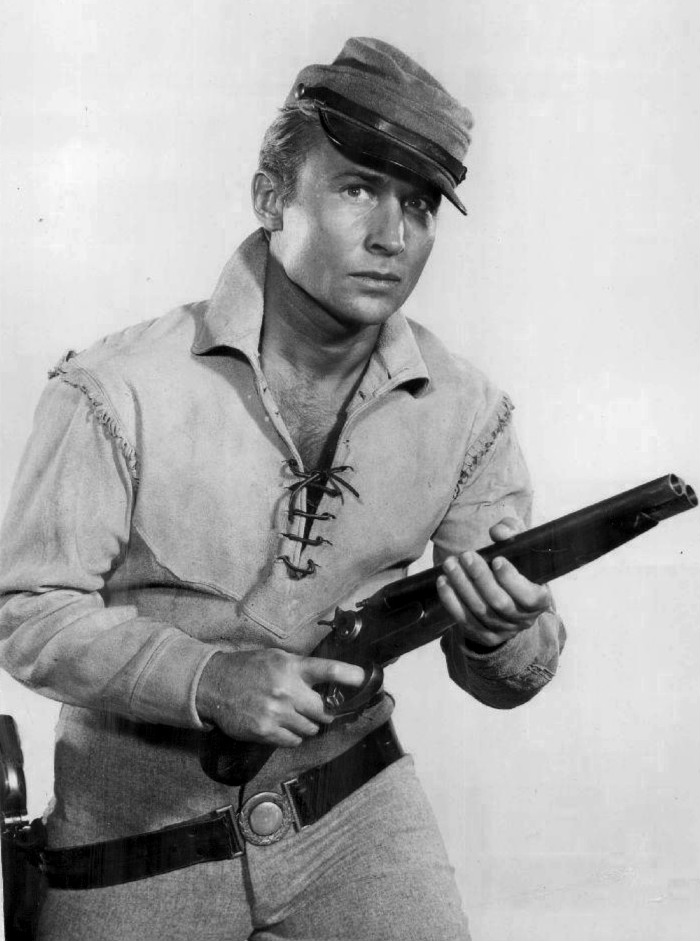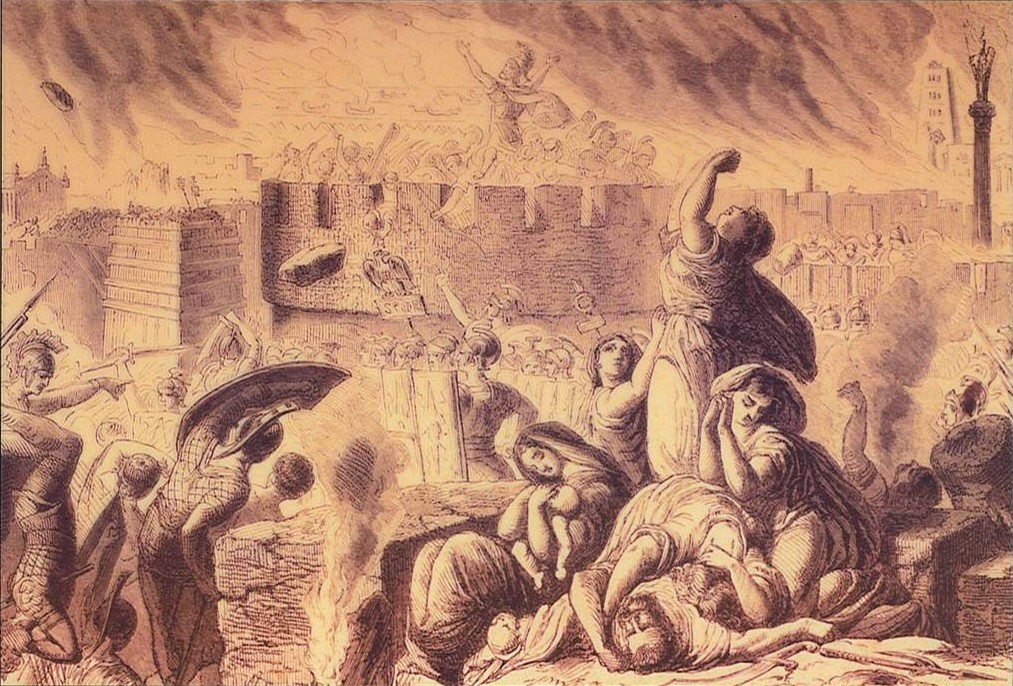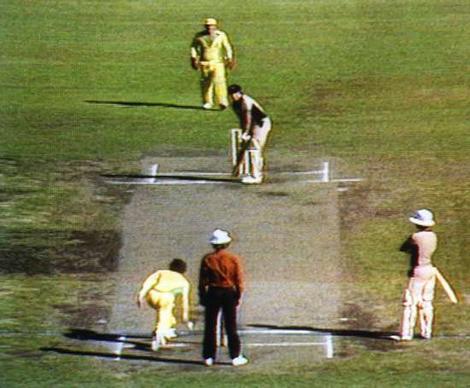1943
The White Rose conspiracy is liquidated
A strong Christian faith was probably the biggest motivator of German resistance to the Nazi regime during World War II. Dietrich Bonhoeffer is the most famous exemplar of this, but the White Rose conspiracy should not be forgotten as a witness to truth and decency in the midst of horror.
Early in 1942 a group of university students in Munich met to discuss their opposition to their National Socialist rulers, producing four pamphlets expressing their feelings. In the summer of that year they were sent to the Eastern Front to serve as military medics. There they witnessed German atrocities to Jews and other Russians and when they returned to Germany they shared their thoughts with more students and Professor Karl Huber. Together they formed the White Rose movement to non-violently resist Hitler’s government. Though they also carried out a graffiti campaign, the core of their activities was the distribution of seven pamphlets calling on their fellow Germans to resist Naziism.
These writings took a variety of approaches in appealing to the population; some were learned, some naive, some explicitly Christian. The Centre for White Rose Studies (http://www.white-rose-studies.org/The_Leaflets.html) provides links to these writings and categorizes them in this way:
In Leaflet 1, they seek to conjure up images of Goethe and the glorious Germany of days gone by to stir up the consciences of those living under National Socialism. Failure to act will result in destruction – and shame.
In Leaflet 2, they poke fun at Hitler’s bad German, and delineate the crimes that are being committed by Germans in the name of National Socialism.
In Leaflet 3, they develop the arguments for claiming that National Socialism is an evil regime. Probably the most famous of the first four leaflets, this is the one in which they clearly define what passive resistance looks like – what the man on the street can sabotage in order to bring the war machine to its knees.
In Leaflet 4, they narrowed the appeal to target devout Lutherans and religious Catholics. Instead of quoting Goethe, Schiller, Aristotle, or Lao-Tse as in earlier leaflets, they concentrated on King Solomon’s Proverbs (from the Bible) and Novalis’ strong Catholic imagery. This leaflet is most remembered for its assurance that they were not in the pay of a foreign power, and even more so for its ending: We are your bad conscience…
Leaflet 5 appeared after a six-month silence. Hans Scholl, Alexander Schmorell, and Sophie Scholl had taken counsel of more experienced “propaganda” writers by this time – specifically Falk Harnack. This leaflet – Call to All Germans! – demonstrates greater maturity. It is not nearly as verbose or poetic; as a result, it delivers a far more powerful punch. In this leaflet, they looked beyond the end of the war and dreamed a new Europe.
Leaflet 6 was written by Prof. Kurt Huber. The language is gorgeous – the original German is unsurpassed for its sly wit and incisive “dialog” with the reader. He drew on the overwhelming grief following the defeat at Stalingrad in an attempt to stir patriotic feelings that superceded National Socialism. Brilliant piece of prose.
Leaflet 7 was the ill-fated document that cost Christoph Probst his life. He did not stand a chance once his Gestapo interrogators read the line praising President Roosevelt!
In February, 1943 Sophie Scholl and her brother Hans were caught distributing pamphlets and arrested along with Christoph Probst. After interrogation by the Gestapo and a brief trial they were beheaded on February 22. Other trials followed, resulting in the death of Professor Kurt Huber, Alexander Schmorell (canonized in 2012 as a saint in the Orthodox Church) and Willi Graf.
The sixth pamphlet was smuggled out of Germany and became a propaganda tool in the hands of the Allies who reproduced it and dropped copies from the air on German cities.
